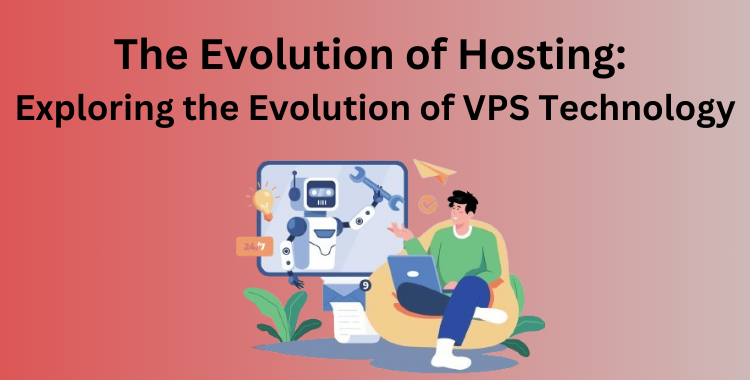The Future of Managed Security Service Providers: Trends to Watch
Have you noticed how fast cybersecurity threats are evolving? Are you wondering what the future holds for managed security solution providers? With the rise of sophisticated attacks and ever-increasing digital threats, these providers play a crucial role in keeping businesses secure. However, which developments need to draw your attention? Let’s explore the key changes and developments shaping the future of this industry.
1. AI and Machine Learning Integration
Artificial intelligence (AI) and machine learning (ML) for managed security service provider are revolutionizing how companies protect their digital assets. These technologies allow for automated threat detection and response, reducing the time needed to address vulnerabilities.
How AI and ML are enhancing security:
- Real-time threat detection: AI can quickly identify potential threats by analyzing patterns and anomalies.
- Automated responses: These technologies can take immediate action to contain threats, reducing the damage from attacks.
- Improved decision-making: Machine learning models can learn from past incidents, making future predictions more accurate.
2. Cloud-Based Security Solutions
With more businesses moving to cloud environments, security solutions are increasingly cloud-based. This shift allows companies to scale their protection more easily and ensure that all parts of their network are secured, regardless of where they operate.
Why cloud-based security is crucial:
- Scalability: As businesses grow, cloud solutions can expand without the need for additional hardware.
- Centralized management: Cloud-based platforms make it easier to monitor and manage security across multiple locations.
- Remote accessibility: These solutions are accessible from anywhere, making them ideal for businesses with remote or distributed teams.
3. Zero Trust Security Models
Zero Trust is becoming a key strategy for businesses looking to enhance their security posture by requiring verification for every request, whether it originates inside or outside the network. This model includes strict access control, where users and devices are continuously verified before accessing resources. It also involves micro-segmentation, which divides the network into smaller sections to limit access to sensitive data. Additionally, real-time monitoring ensures that every action within the network is logged and analysed for potential threats, providing a robust, proactive approach to security management.
4. Focus on Incident Response and Recovery
With cyberattacks becoming more sophisticated, having an effective incident response and recovery plan is critical. Service providers must not only prevent breaches but also respond quickly when they occur.
Why incident response is becoming more important:
- Faster recovery: Immediate action can prevent data loss and minimize downtime after an attack.
- Damage control: Effective response plans help contain threats before they spread to other parts of the network.
- Compliance: Many industries require businesses to have incident response strategies in place to meet regulatory requirements.
5. The Rise of Managed Detection and Response (MDR)
Managed detection and response (MDR) is becoming a popular solution for businesses seeking advanced security without the need for a fully staffed in-house team. Reputable managed detection response services combine advanced technology with human expertise to detect and respond to threats in real time.
Benefits of MDR services:
- 24/7 monitoring: Constant surveillance of your network, ensuring threats are addressed immediately.
- Expert analysis: Human experts analyze alerts to determine whether they are real threats or false alarms.
- Customizable solutions: MDR services can be tailored to fit the unique needs of your business.
The future of the managed security service provider is driven by technology, evolving threats, and the need for more efficient solutions. Incident response is more crucial than ever, and services like MDR are becoming essential for businesses seeking proactive protection. As cybersecurity continues to evolve, staying ahead of these trends will help businesses safeguard their digital assets more effectively. So, when choosing your next provider, make sure they can handle real-time threat response, giving you the confidence to face whatever challenges lie ahead.





